Healthy Lifestyle Habits for Maintaining Spinal Alignment
October 23, 2025
9 min

The Foundation of a Healthy Spine
Maintaining spinal alignment is essential for overall health and quality of life. The spine, an elegantly balanced S-shaped structure, supports the head, trunk, and legs while protecting the spinal cord and vital organs. However, spinal issues are common and increase with age, often leading to discomfort, reduced mobility, and chronic pain. Fortunately, adopting healthy lifestyle habits focusing on posture, exercise, nutrition, and ergonomics can preserve spinal alignment and prevent degeneration. This article explores comprehensive strategies to promote a strong and healthy spine through mindful daily practices.
Posture and Ergonomics: The Cornerstone of Spinal Alignment

Why is maintaining good posture important for spinal alignment?
Good posture is crucial because it preserves the natural curves of the spine at the neck (cervical), mid-back (thoracic), and lower back (lumbar) regions. These curves allow the spine to bear weight efficiently and reduce abnormal strain on muscles and joints. By maintaining correct posture, you prevent musculoskeletal pain, joint wear, and deformities such as kyphosis or scoliosis. Proper alignment helps muscles work effectively, reduces fatigue, and lowers the risk of long-term spinal problems. See more on Good Posture and Improving Posture and Alignment.
What are common factors that lead to poor spinal posture?
Several factors can cause poor posture, including prolonged sitting or standing without breaks, slouching forward, and sustained head-down positions often seen with smartphone use (commonly called "text neck"). Lifting heavy objects with incorrect technique, carrying excessive weight, obesity, and wearing unsupportive shoes also contribute to spinal misalignment. These habits overload muscles and joints, causing fatigue, discomfort, and imbalance. For more details, refer to Poor Posture Causes and Effects and Causes of back and neck pain.
How can one improve posture in daily life and at work?
To enhance posture, maintain your shoulders back, keep your chin parallel to the ground, and align your spine in a neutral position. Feet should rest flat on the floor when sitting. At the workplace, ergonomic setups are key: position computer monitors at eye level and about an arm's length away, set chair and desk heights so elbows rest comfortably bent near 90 degrees, and support the lower back with cushions if needed. Take movement breaks every 30 to 60 minutes to prevent stiffness and muscle imbalance. Additional guidance is available at Improve Your Posture and Ergonomics for Spinal Health.
What is the role of footwear in spinal health?
Footwear plays a pivotal role in spinal health. Shoes with good arch support and cushioning provide a stable base, reducing compensatory body movements that otherwise add strain to the spine. Supportive footwear helps maintain proper posture during walking and standing, thus preventing spine misalignment and reducing the risk of pain in the back, hips, and knees. Learn more about Supportive Footwear Benefits and Footwear and Posture.
| Aspect | Description | Practical Tips |
|---|---|---|
| Posture Importance | Maintains spine's natural curves, reduces joint strain | Keep shoulders back, chin level (source) |
| Common Causes | Prolonged sitting, poor lifting, obesity, tech neck | Limit screen time, use proper lifting (source) |
| Ergonomic Setup | Monitor at eye level, correct chair height, lumbar support | Adjust chair, take regular movement breaks (source) |
| Sitting & Standing | Feet flat, spine neutral, weight evenly distributed | Stand tall, avoid slouching (source) |
| Footwear | Provides arch support and cushioning, stabilizes posture | Choose shoes with good support (source) |
Exercise and Movement: Strengthening and Maintaining Spinal Stability

How do exercise and movement support spinal alignment?
Exercise plays a fundamental role in stabilizing the spine by strengthening core muscles like the abdominals, back, hips, and glutes. These muscles work together to support the spine’s natural curves and maintain proper alignment. Regular movement not only strengthens these muscle groups but also enhances flexibility, reduces stiffness, and increases blood flow to spinal tissues, which aids in healing and keeps the spine healthy. For more on this, see Spine alignment exercises, Spine Health Wellness, and 8 great exercises to safeguard your spine.
What are effective exercises to stabilize and strengthen the spine?
Some highly effective exercises known as the 'big three' include the curl-up, side plank, and bird-dog. These target the core and back muscles that stabilize the spine. Additionally, other spinal alignment exercises such as pelvic tilts, bridges, cat-cow stretches, and shoulder blade squeezes are beneficial for improving posture and spinal flexibility. These exercises are detailed at Three moves for better spine health and Spine alignment exercises to strengthen and realign your spine naturally.
How often should these exercises be performed?
Core stabilization and spinal strengthening exercises are recommended two to three times per week. It’s beneficial to start with fewer repetitions and gradually increase as comfort and strength improve. Incorporating daily stretching and mobility exercises ensures ongoing spinal health and helps prevent stiffness. For guidance on exercise frequency and technique, see Three moves for better spine health, and for daily habits promoting spine alignment, see Daily habits for spine alignment.
What roles do yoga and water therapy play?
Yoga contributes significantly by enhancing posture, flexibility, and core strength, all of which support spinal health. Water therapy offers a gentle, low-impact environment, allowing muscle strengthening without putting excess strain on the spine, making it ideal for those with back pain or limited mobility. More information can be found at 10 Tips for a Healthier Spine and Benefits of Yoga and Water Therapy.
Nutrition: Supporting Bone and Disc Health from Within
Which nutrients are vital for maintaining a healthy spine?
Several nutrients play crucial roles in maintaining spine health. Calcium is fundamental for building and maintaining strong bones, sourced from dairy, leafy greens, fish, nuts, and seeds. Vitamin D is essential for calcium absorption and can be found in fatty fish, egg yolks, and sunlight exposure. Magnesium aids calcium absorption and activates vitamin D, coming from beans, nuts, spinach, and seeds. Vitamin K supports bone density and reduces fracture risk and is present in leafy greens and fermented foods. Omega-3 fatty acids exhibit anti-inflammatory effects beneficial for spinal tissues, found in salmon, walnuts, and certain oils. Antioxidants help combat inflammation and oxidative stress, supporting the health of bone, disc, and muscle structures (Nutrition and spinal health, Foods for spine health).
How does diet influence spinal inflammation and degeneration?
Dietary choices directly impact inflammation in spinal tissues. Diets rich in processed meats, refined sugars, excessive dairy, and saturated fats tend to increase systemic inflammation, potentially accelerating spinal degeneration and pain. Conversely, a diet emphasizing anti-inflammatory, plant-based foods such as leafy greens, fruits, whole grains, nuts, and fatty fish can help lower inflammation. These foods provide nutrients and antioxidants that protect spinal components and may slow degenerative changes (Diet for a healthy spine, Diet quality impact on spinal pain).
Why is hydration important for spinal health?
Proper hydration supports the intervertebral discs by maintaining their fluid content and elasticity. Since discs act as cushions between spinal bones, adequate water intake ensures their ability to absorb shock and reduce stiffness. Hydration also facilitates nutrient transport to spinal tissues, promoting repair and overall spinal function (Nutrition and spinal health, Hydration and intervertebral discs).
How does poor diet quality impact chronic spinal pain?
Poor diet quality characterized by low intake of fruits, whole grains, and dairy, combined with high consumption of added sugars, correlates with an increased risk of chronic spinal pain. Such dietary patterns contribute to worsened inflammation and may exacerbate spinal discomfort. Improving diet quality is a modifiable factor that could aid in managing and possibly reducing chronic back pain (Chronic spinal pain and diet quality.
Maintaining a balanced, nutrient-rich diet coupled with proper hydration is pivotal in supporting bone strength and disc health, reducing inflammation, and preventing or managing spinal degeneration and pain (Diet for a healthy spine, Nutrition and spinal health).
Maintaining a Healthy Weight and Avoiding Harmful Habits

How does excess weight affect spinal alignment and health?
Excess weight places additional mechanical stress on the spine. This increased pressure can accelerate disc degeneration and contribute to spinal misalignment. Such strain often leads to common spinal conditions including herniated discs and osteoarthritis, which in turn cause back pain and reduced mobility.
What are the effects of smoking on spinal health?
Smoking impacts spinal health negatively because nicotine constricts blood vessels. This constriction reduces blood flow and the delivery of oxygen and essential nutrients to spinal tissues. As a result, smoking can hasten inflammation, worsen disc degeneration, and delay the healing process, increasing the risk of chronic spinal problems. For more details, see Impact of nicotine on spine and Quit Smoking for Spinal Health.
What lifestyle habits should be avoided to protect spinal health?
To support spine health, it is crucial to avoid certain harmful habits. These include using nicotine products, which impair blood circulation to spinal structures. Excessive intake of inflammatory foods such as processed meats and refined sugars should also be limited. Prolonged sitting without breaks, poor lifting techniques that strain the back, and wearing unsupportive footwear can all contribute to spinal damage and discomfort.
Managing body weight within a healthy range and avoiding detrimental lifestyle behaviors plays a vital role in maintaining the alignment and function of the spine. Combining this with proper posture and regular physical activity helps protect spinal health over time.
Proper Lifting Techniques and Daily Habits to Prevent Injury

What are the key principles of proper lifting to protect the spine?
Proper lifting is vital to prevent spine injury. The main principles include keeping the back straight while bending at the knees and hips instead of the waist. Holding objects close to your body and using your leg muscles for lifting helps distribute the load away from the spine, reducing strain.
How do frequent movement breaks benefit spinal health?
Taking regular breaks to stand, stretch, or take a short walk interrupts prolonged sitting or standing. This movement lessens pressure on spinal discs and muscles, preventing stiffness and helping maintain good posture throughout the day (Tips for a Healthier Spine.
Which sleeping positions best support spinal alignment?
Sleeping on your back with a pillow placed under the knees supports the natural lumbar curve, while side sleeping with a pillow between the knees helps keep the hips, pelvis, and spine aligned. These positions reduce morning back pain and promote restful sleep (7 Habits for Optimal Spine Health).
What daily habits reinforce spine health?
Incorporate gentle stretching in the morning to increase circulation and prepare your spine for the day. Managing stress through mindful breathing or meditation reduces muscle tension that can affect posture. Maintaining an ergonomic workspace and wearing supportive footwear also play important roles in supporting proper spinal alignment and overall back health (Lifestyle Changes for Spine Health).
When to Seek Professional Help and the Role of Physical Therapy

When should someone consult a healthcare professional for spine issues?
Persistent or severe back or neck pain signals the need for medical evaluation. This is especially crucial if accompanied by numbness, tingling, or symptoms like sciatica. Early consultation helps diagnose underlying causes and personalize treatment plans to address specific spinal problems effectively (Consult healthcare for back pain.
How does physical therapy benefit spinal health?
Physical therapy offers targeted exercises to strengthen, stretch, and relax spinal muscles. These interventions improve posture, reduce pain, and enhance spinal flexibility. Often, physical therapy successfully manages discomfort without the need for surgery, supporting long-term spine health (Physical therapy for spinal health.
What is the role of chiropractors and similar specialists?
Chiropractors and related specialists focus on assessing spinal alignment through manual evaluations. They use spinal manipulations and adjustments to correct misalignments. Combined with guided exercises, their treatments support improved posture and spinal function (Chiropractic spinal alignment).
Why is early detection and management important?
Identifying spinal issues early can halt or slow degeneration and misalignment progression. Early intervention reduces pain, preserves mobility, and elevates quality of life. Non-invasive therapies like physical therapy become more effective when initiated promptly, preventing complications and the need for surgery (Spinal issues with aging.
Embracing Lifelong Habits for a Strong Spine
Maintaining spinal alignment is a multifaceted endeavor requiring consistent attention to posture, exercise, nutrition, and lifestyle habits. By strengthening core muscles, mindfully practicing proper posture and lifting techniques, choosing an anti-inflammatory diet rich in essential nutrients, and avoiding harmful behaviors like smoking and sedentary lifestyles, individuals can preserve spinal health and prevent degeneration. Regular professional consultations and therapeutic interventions further support spine wellness. Committing to these healthy lifestyle habits empowers individuals to enjoy enhanced mobility, reduced pain, and overall improved quality of life throughout aging and beyond.
Recent articles
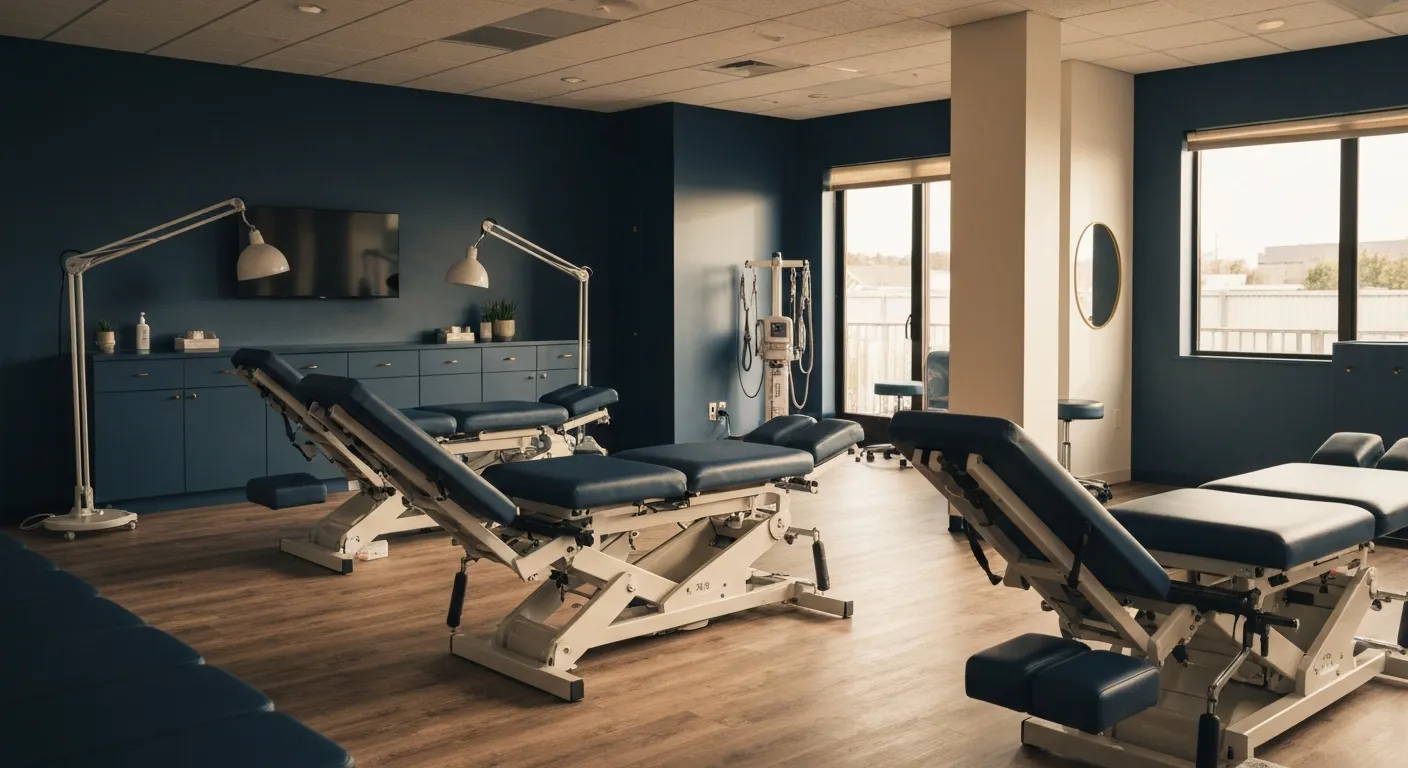
Long-Term Pain Relief Through Targeted Corrective Exercises

10 Benefits of Integrating Physiotherapy with Chiropractic Treatments

Corrective Exercises That Help Prevent Recurring Pain

8 Corrective Exercises Proven for Lasting Pain Relief

Lifestyle Habits for Maintaining a Healthy Spine
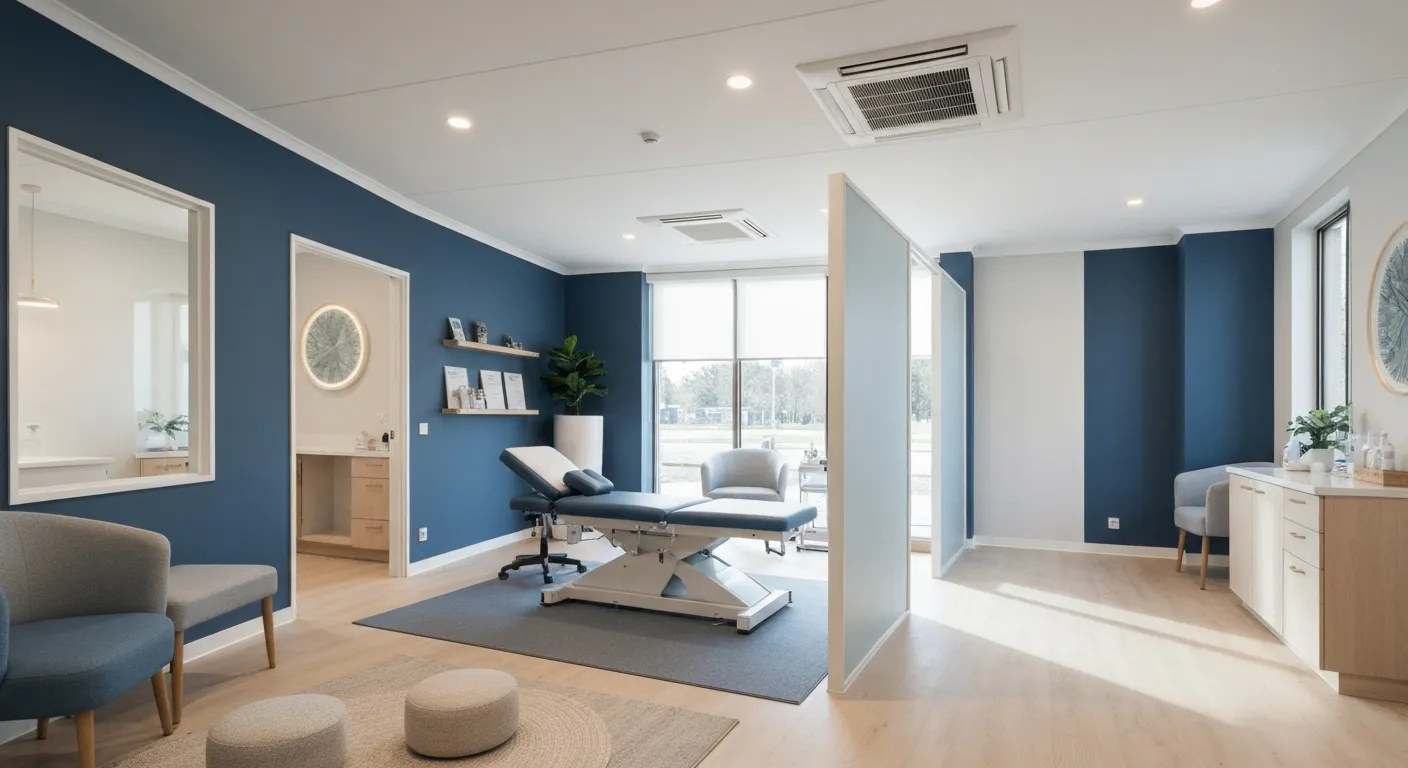
What You Will Experience at Your Initial Chiropractic Visit
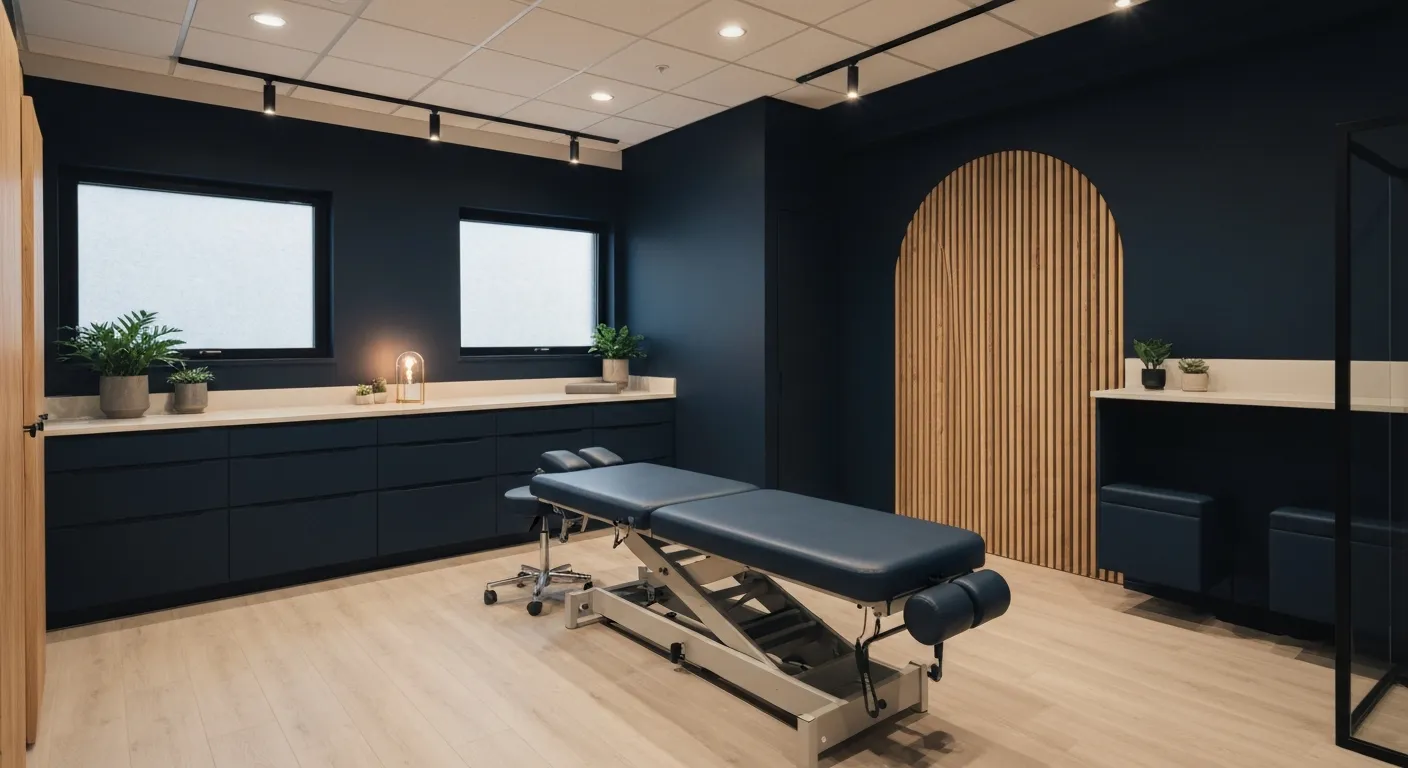
What Happens at Your First Visit to a Chiropractor?
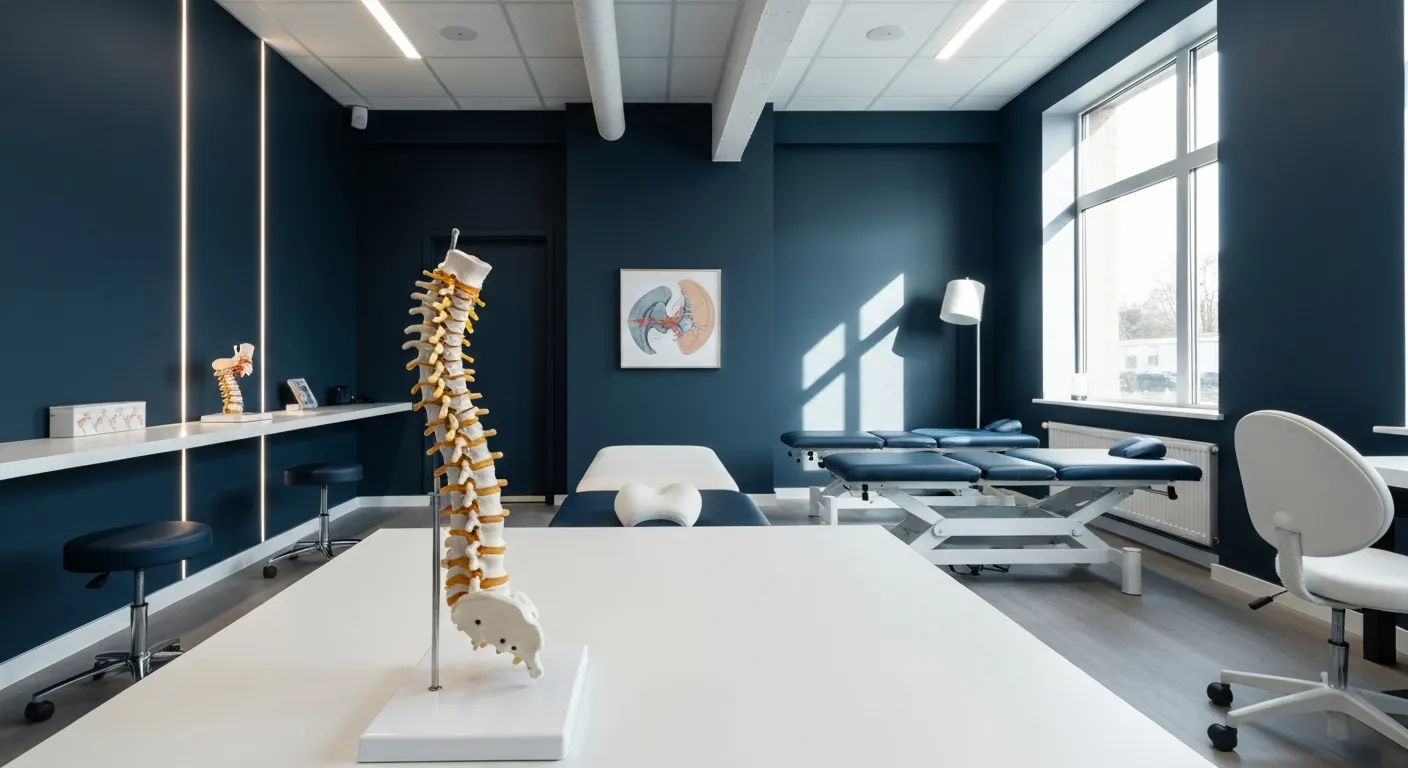
Focusing on Root Cause Analysis for Effective Pain Relief
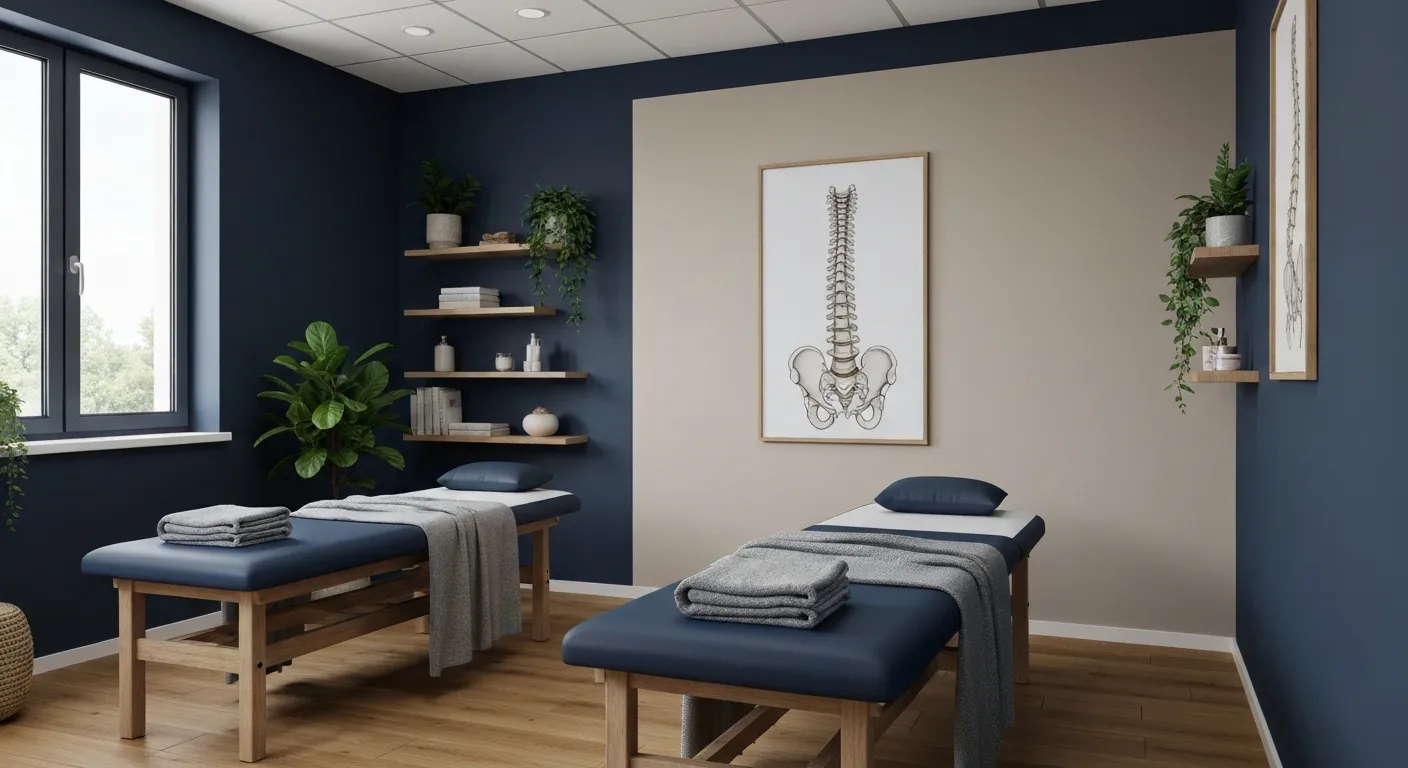
Tips for Lifestyle Changes to Support Spinal Health

Holistic Treatment Plans: Alternatives to Surgery for Chronic Pain

Enhance Wellness Through Personalized Nutritional Counseling

Non-Invasive Pain Relief: Exploring Holistic Treatment Alternatives
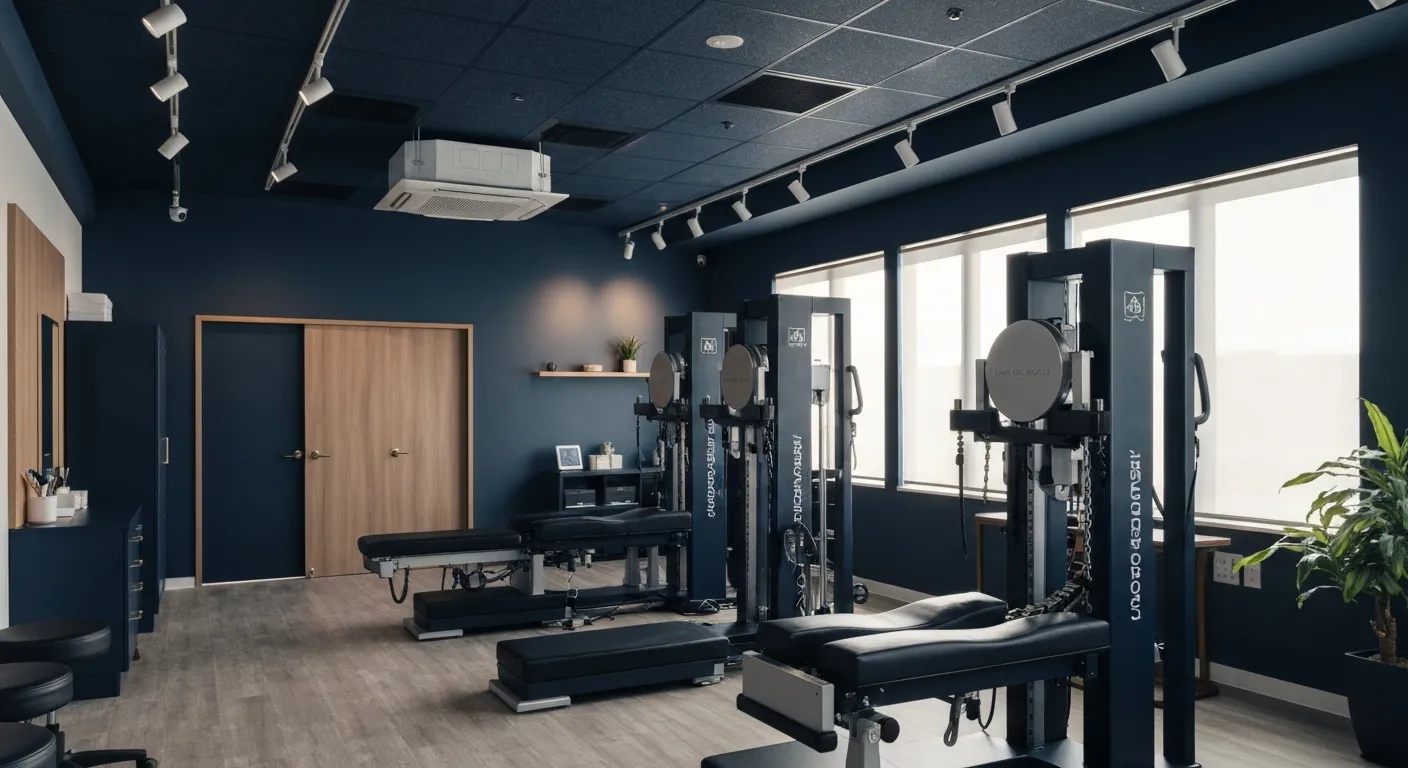
Sciatica Relief Through Targeted Spinal Decompression

Integrating Physiotherapy with Chiropractic Treatments for Better Results

Testimonials That Demonstrate the Benefits of Chiropractic Care

The Power of Corrective Exercises in Pain Management

A Step-by-Step Guide to Your Initial Chiropractic Consultation

9 Nutritional Tips to Enhance Your Chiropractic Wellness Journey

Patient Experiences: How Chiropractic Care Changed Their Lives

Lifestyle Recommendations to Keep Your Spine in Top Shape

Effective Corrective Exercises for Long-Term Pain Relief

Back Pain Benefits: What Chiropractic Care Can Do for You
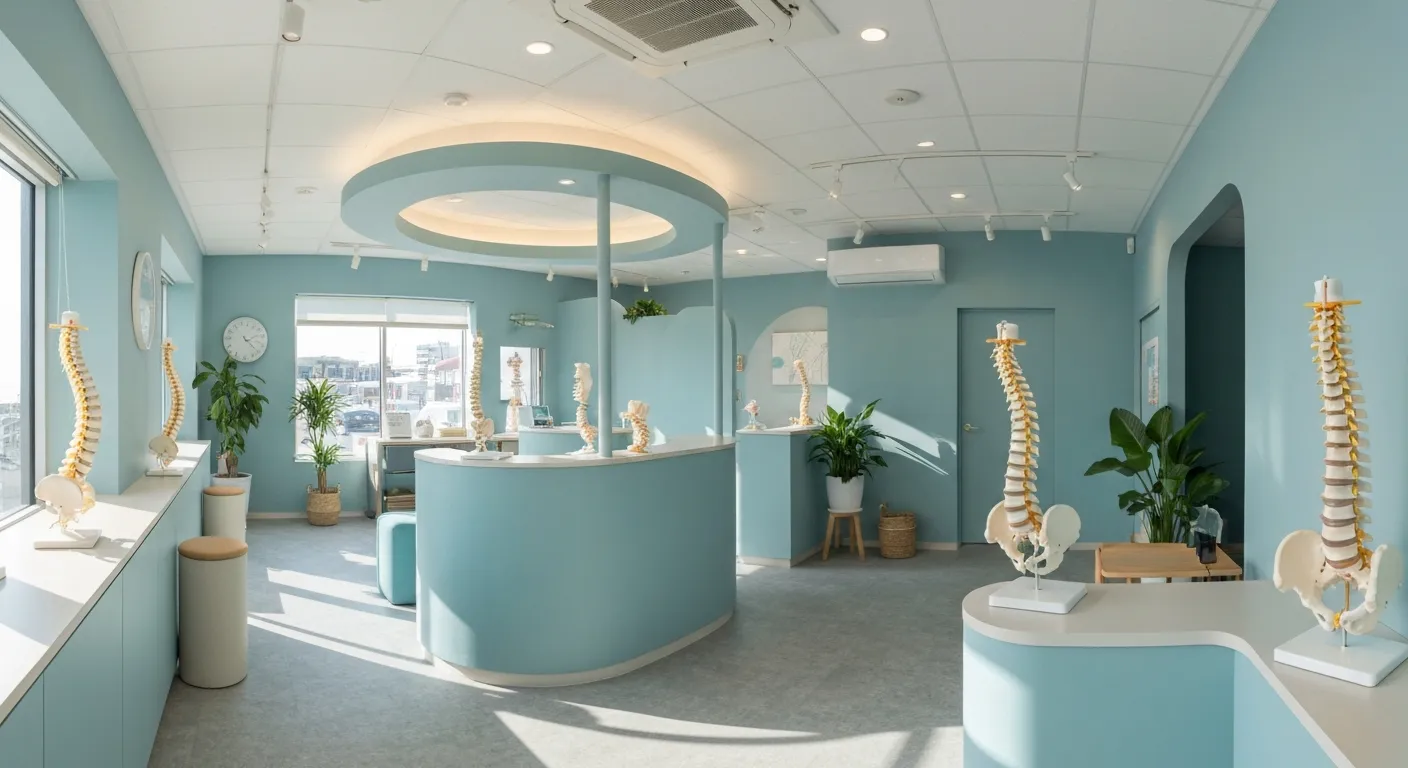
Spinal Decompression Techniques for Effective Sciatica Relief

Top Nutritional Counseling Tips for Enhanced Wellness
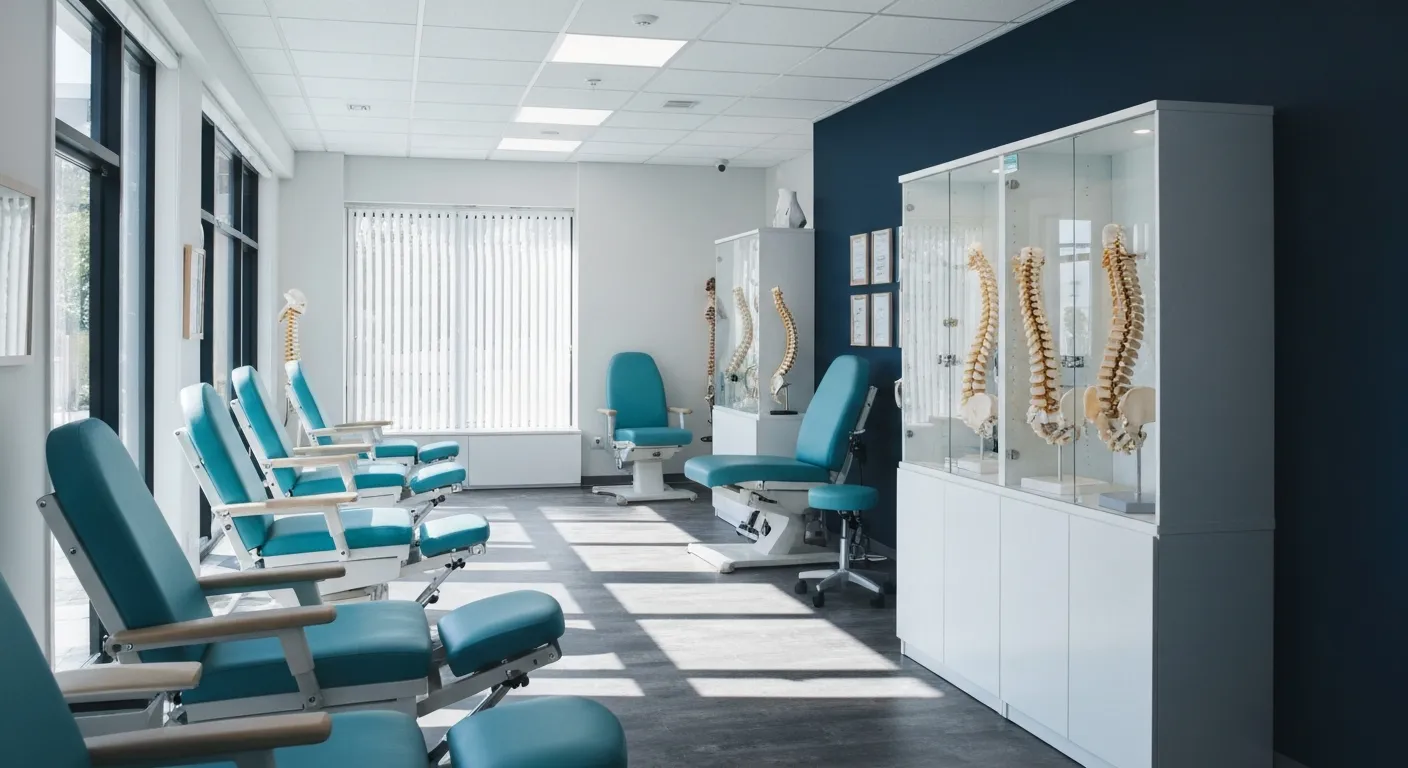
6 Lifestyle Habits That Boost Spine Health Daily

Discover Holistic and Non-Surgical Pain Relief Solutions

Exploring Holistic and Non-Surgical Treatment Options for Pain
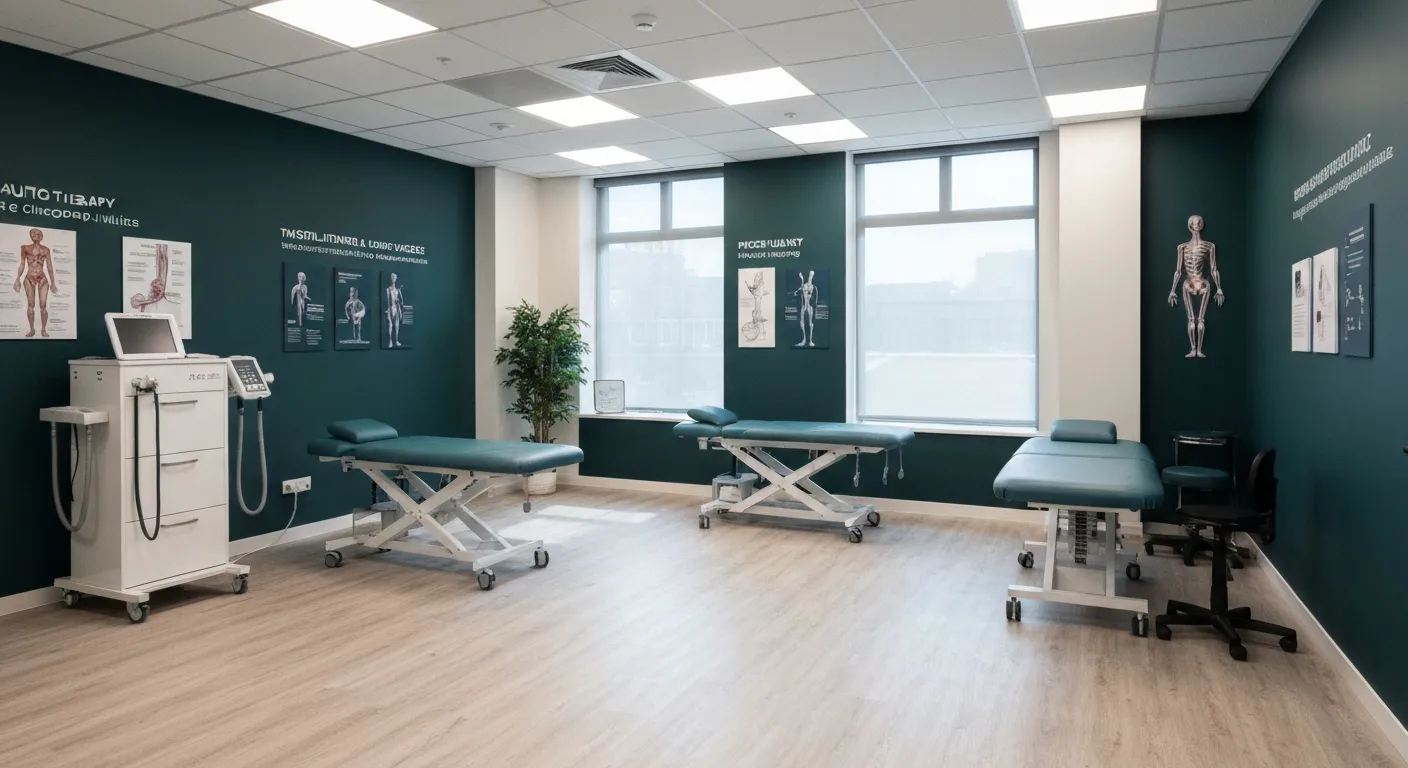
The Role of Physiotherapy in Enhancing Chiropractic Care Outcomes

Complementing Chiropractic Care with Physiotherapy: What You Need to Know
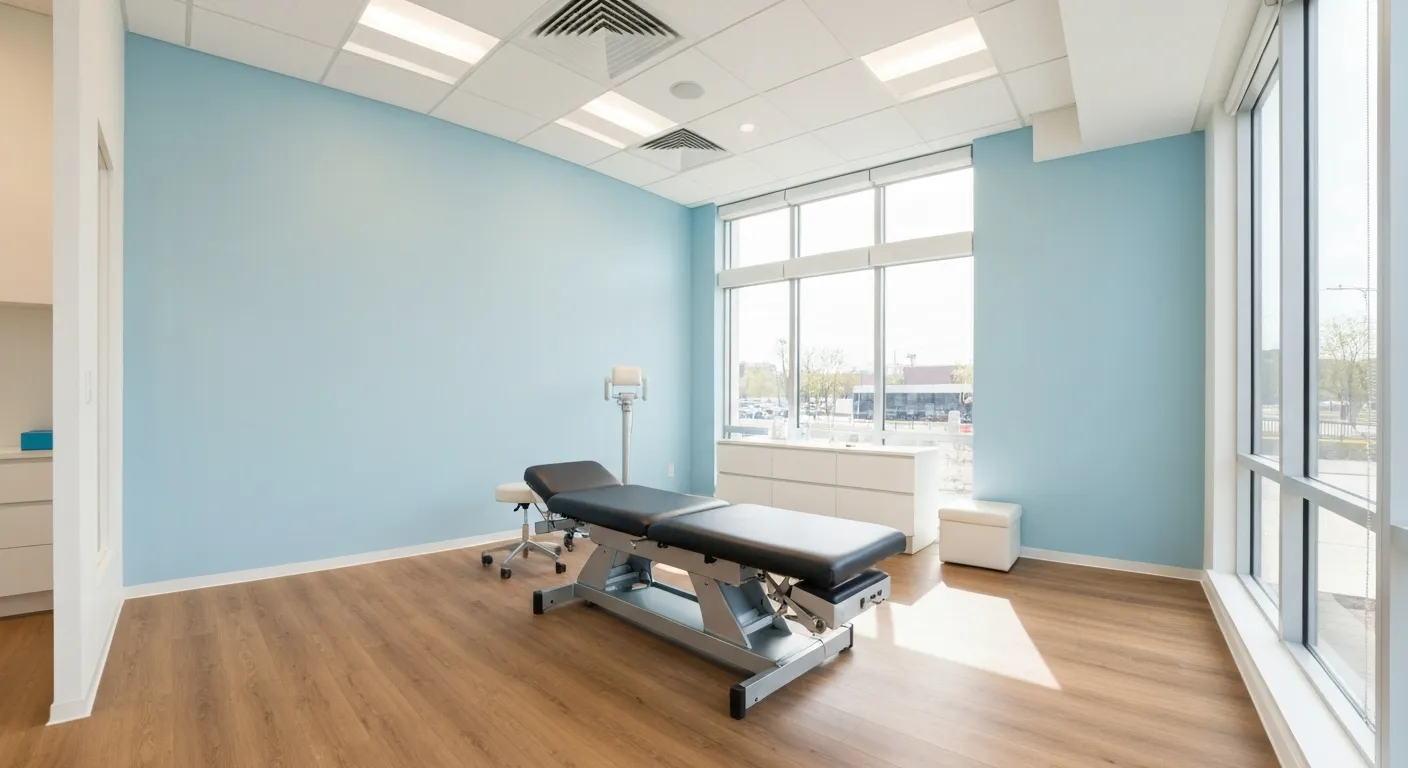
What to Expect During Your First Chiropractic Visit

Simple Lifestyle Adjustments to Maintain a Healthy Spine

Personalized Nutritional Counseling for Improved Health Outcomes

Exploring Non-Surgical Treatments for Spine-Related Conditions

An Introduction to Spinal Decompression for Sciatica Patients

Transformative Success Stories: Patient Experiences with Chiropractic Treatments

Why Chiropractic Care Is Essential for Back Pain Relief

Addressing Underlying Causes Versus Symptom Management in Pain Care

The Role of Nutrition in Enhancing Chiropractic Treatment Effectiveness

Sciatica Treatment Options: Is Spinal Decompression Right for You?

Lifestyle Tips to Maintain a Healthy Spine and Prevent Back Issues

The Synergy Between Physiotherapy and Chiropractic Treatments

What Happens During Your Initial Chiropractic Consultation

Effective Corrective Exercises for Sustainable Pain Management

Taking a Root Cause Approach to Chronic Pain Management

Holistic Pain Management Techniques Without Surgery

How Patient Success Stories Validate Chiropractic Care Benefits

Spinal Decompression: Innovative Treatment for Sciatic Nerve Pain

Spinal Decompression Therapy: A Non-Invasive Approach to Sciatica Relief

Exploring Holistic Approaches Beyond Surgery for Pain Relief

Practical Lifestyle Advice to Support a Healthy Spine Every Day

Corrective Exercise Routines Designed for Long-Term Pain Prevention

Real Patient Stories: Overcoming Chronic Pain with Chiropractic Care

Lifestyle Changes That Promote a Healthy Spine and Prevent Injury

How Addressing the Root Cause of Pain Leads to Lasting Relief

Non-Surgical Holistic Therapies to Manage Chronic Pain Effectively

Nutritional Counseling's Impact on Physical Health and Healing

Benefits of Regular Chiropractic Care for a Stronger Back

Your First Chiropractic Visit: What to Expect and How to Prepare

Patient Experiences: How Chiropractic Care Transformed Their Lives

Exploring Holistic, Non-Surgical Options for Pain Management

Combining Physiotherapy with Chiropractic Treatments for Enhanced Recovery

Holistic Treatments That Offer Alternatives to Surgery for Pain Relief

Corrective Exercise Strategies for Long-Term Spine Health

How Physiotherapy Complements Chiropractic Adjustments for Better Outcomes

First-Time Chiropractic Visitors: What You Should Know

Understanding the Importance of Treating Pain at Its Source

Adopting Lifestyle Changes to Support Your Spine's Wellness

Utilizing Physiotherapy to Enhance Chiropractic Treatment Outcomes

The Key Advantages of Chiropractic Care for Back Pain Sufferers

Why Focusing on Root Causes Improves Pain Treatment Success

Corrective Exercises That Promote Lasting Pain Relief and Mobility

Sciatica Relief Through Targeted Spinal Decompression Techniques

Preparing for Your First Chiropractic Appointment with Confidence

Healthy Lifestyle Habits for Maintaining Spinal Alignment

Success Stories Highlighting Chiropractic's Role in Pain Recovery

Top Benefits of Chiropractic Care for Chronic Back Pain

Nutrition Tips to Boost Your Overall Wellness and Recovery

How Chiropractic Care Alleviates Back Pain Naturally

How Nutritional Counseling Supports Overall Wellness and Spine Health

Step-by-Step Guide to Your First Visit with a Chiropractor

Using Nutrition to Support Chiropractic and Overall Wellness

Integrating Physiotherapy in Your Chiropractic Healing Journey

How Physiotherapy Complements Chiropractic Adjustments for Faster Healing

Lifestyle Tips for Maintaining a Healthy Spine and Preventing Back Pain

Heartwarming Patient Testimonials Highlighting Chiropractic Success

How Proper Nutrition Supports Chiropractic and Physiotherapy Treatments

Combining Physiotherapy and Chiropractic Treatments for Optimal Recovery

Why Chiropractic Treatments Are Effective for Managing Back Pain

Choosing a Chiropractor: Tips for Finding a Trusted Provider

Integrating Physiotherapy and Chiropractic: Benefits and What to Expect

How Tailored Corrective Exercises Can Aid in Pain Management

Chiropractic Care: A Proven Solution for Alleviating Back Pain

What to Expect at Your First Chiropractic Visit: A Comprehensive Guide

The Importance of Root Cause Analysis in Effective Pain Management

The Role of Corrective Exercises in Sustaining Pain-Free Living

Combining Chiropractic and Physiotherapy for Comprehensive Pain Relief

How Addressing Underlying Causes Improves Pain Treatment Effectiveness

Maintaining Spinal Health Through Lifestyle Changes and Preventive Care

Understanding the Benefits of Chiropractic Adjustments for Back Pain Sufferers

